-10%
Ingredients:
Allopurinol 100 mg
Direction of Use:
Take orally after meals with a full glass of water. Follow the prescribed dosage and schedule strictly. Do not crush or chew the tablet.
Indication:
Treatment and prevention of gout and hyperuricemia
Management of urate kidney stones
Used in tumor lysis syndrome associated with cancer therapy
May be used in patients with recurrent calcium oxalate stones with elevated uric acid levels
Pharmacology:
Allopurinol is a xanthine oxidase inhibitor. It decreases uric acid production by inhibiting the enzyme xanthine oxidase, which is involved in purine metabolism. This reduces serum and urinary uric acid levels, helping prevent crystal formation and deposition in joints and tissues.
Category:
Antigout Agent / Xanthine Oxidase Inhibitor
Dosage & Administration:
Adults (initial dose): 100 mg once daily
Dosage may be adjusted based on serum uric acid levels and kidney function
Maintenance dose: Usually ranges from 100 mg to 300 mg/day in mild gout
Take with food or after meals to minimize gastric irritation
How to Use:
Swallow the tablet whole with water
Maintain adequate fluid intake (2-3 liters per day) to help prevent kidney stones
Take the medicine regularly at the same time each day for best results
Do not stop without consulting your doctor
Interaction:
Azathioprine or mercaptopurine: Allopurinol increases toxicity risk
Thiazide diuretics: May increase hypersensitivity risk
Ampicillin/amoxicillin: May increase skin rash incidence
Warfarin and other anticoagulants: Effects may be enhanced
Monitor closely if taking with immunosuppressants or chemotherapy
Contraindications:
Hypersensitivity to allopurinol
Acute gout attack (use cautiously—initiation may trigger flare)
Severe liver or kidney impairment unless carefully monitored
Product Technical Details:
Form: Film-coated tablet
Strength: Allopurinol 100 mg
Route of Administration: Oral
Packaging: Blister or strip packs
Side Effects:
Common: Skin rash, nausea, diarrhea, drowsiness
Less common: Liver enzyme abnormalities, headache
Serious (rare): Severe skin reactions (e.g., Stevens-Johnson syndrome), hypersensitivity syndrome, bone marrow suppression
Pregnancy & Lactation:
Pregnancy: Category C — Use only if clearly needed and prescribed
Lactation: Use with caution; may be excreted in breast milk
Precautions & Warnings:
Start with low doses and increase gradually to avoid acute gout attacks
Ensure adequate hydration
Monitor liver and kidney function during prolonged therapy
Discontinue immediately if rash or signs of hypersensitivity appear
Use caution in elderly and patients with renal impairment
Overdose Effects:
Symptoms: Nausea, vomiting, diarrhea, dizziness, drowsiness
High doses may cause kidney damage
Treatment: Supportive care and symptomatic treatment; dialysis may be required in severe cases
Therapeutic Class:
Antigout Preparations
Xanthine Oxidase Inhibitors
Storage Conditions:
Store below 25°C in a cool, dry place
Protect from light and moisture
Keep out of reach of children
Disclaimer:
This information is intended for educational purposes only and is not a substitute for professional medical advice. Always consult your healthcare provider before starting or stopping any medication.


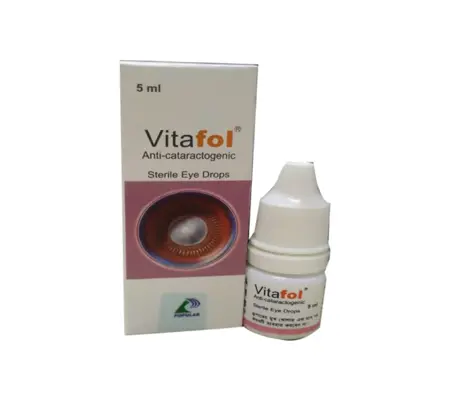
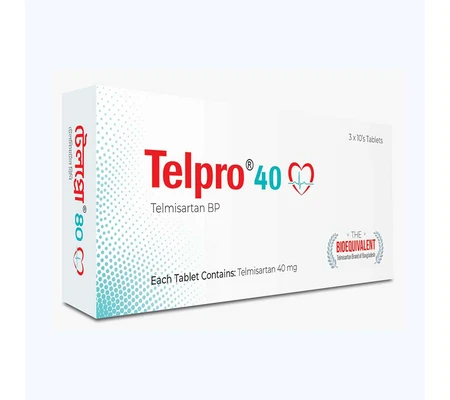
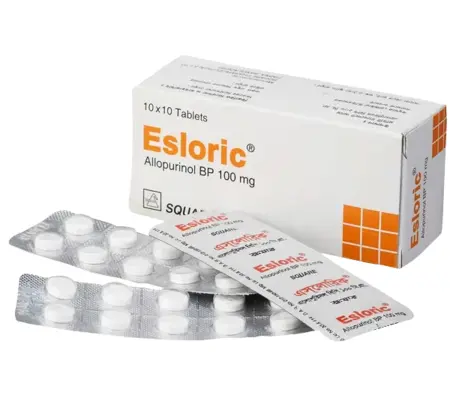


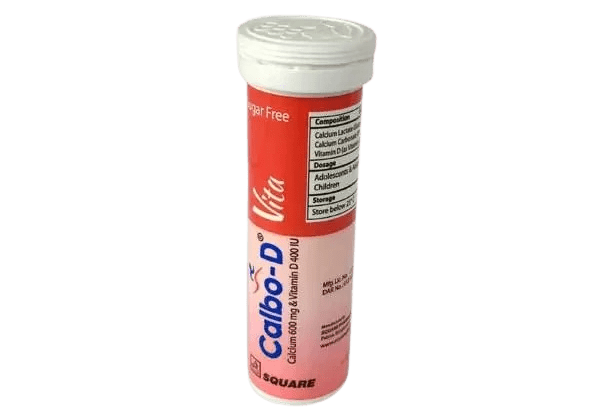
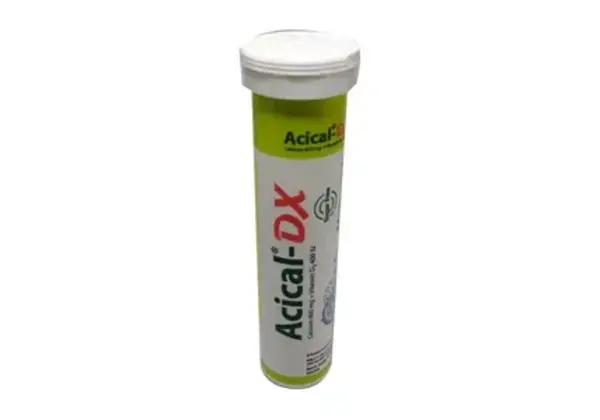
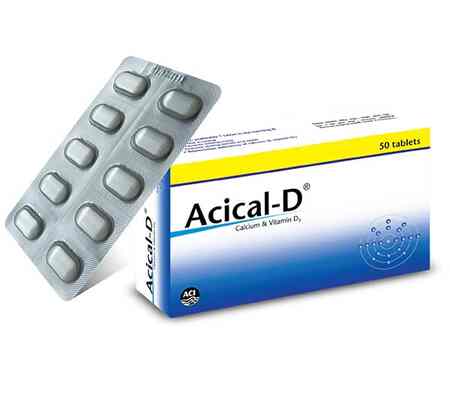

Reviews
Clear filtersThere are no reviews yet.